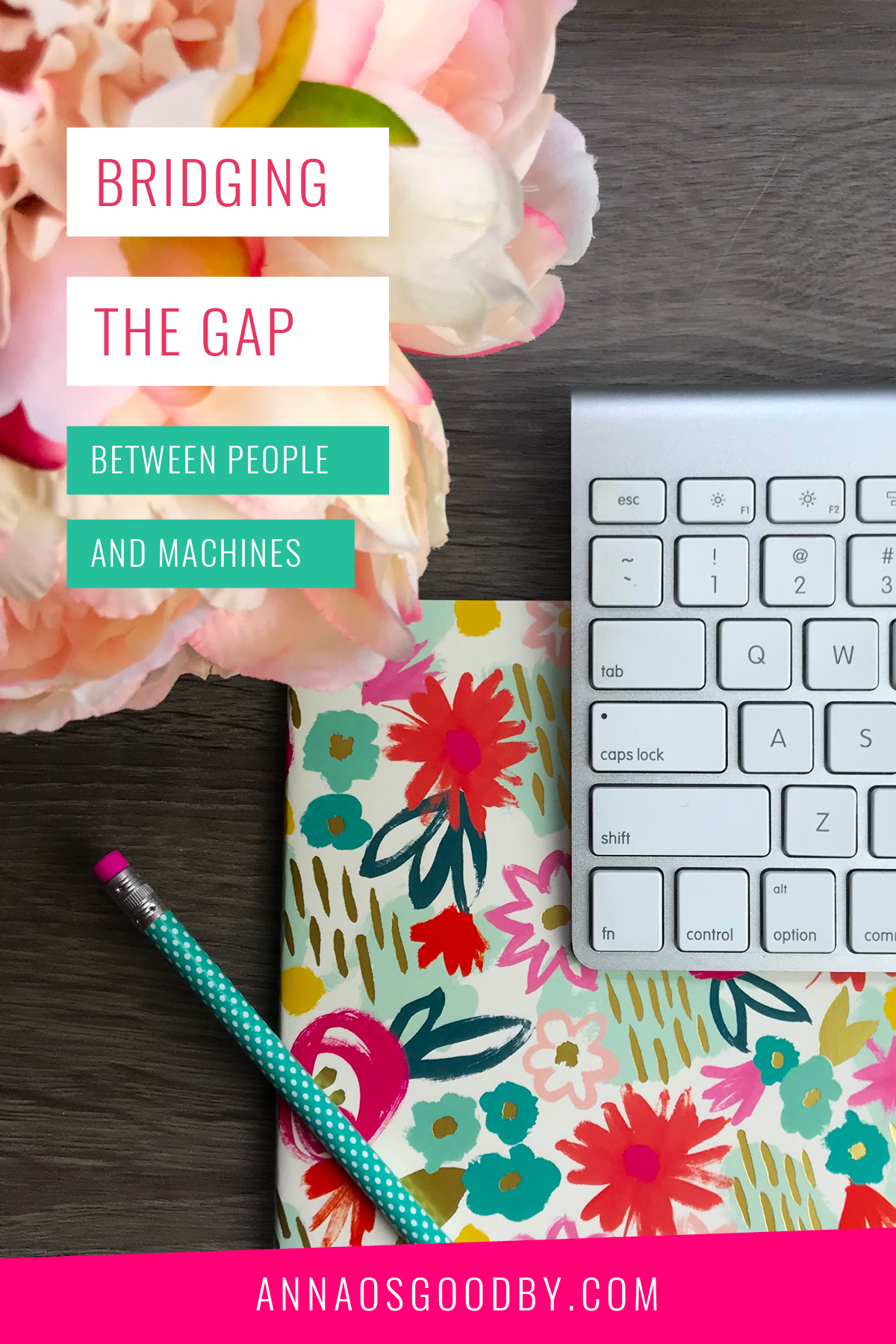Who wants to be able to perform tasks at their job faster and more efficiently? I’m going to go on a limb and say most people. After all, for those of us working freelance or on a project basis, more time often means more availabilities to take on new projects. So what is the magic formula to making this a reality? AI! If you caught my last two blog posts, Making Every Place the Work Place and What Do Smarter Teams Look Like, you already got a glimpse at some of the ways technology is advancing the way we work. Today, I’m going to expand upon those ideas and talk about how we will bridge the gap between people and machines as we continue to integrate AI into our lives.
Building Complimentary Relationships between AI and Humans
As mentioned in my previous post, the idea that AI will replace humans makes for catchy headlines, but the truth is, we’re not going anywhere. Instead, we will use technology to develop AI that can focus on specialized tasks to streamline our processes and allow us more time for our expertise. Sandy Pentland, Toshiba Professor of Media Arts and Sciences, MIT Media Lab explains the process well in an interview with Jim Guszcza, Chief Data Scientist, Deloitte Consulting, “The human does the strategy, the machine does the tactics, and when you put them together you get a world-beater.”
Humans are really great at reading people and understanding social context, something that machines are not as great at. While machines can keep track of data, analyze information and process research much faster than humans. As a team, humans can program AI to do specific tasks and we are able to piggyback off of the strengths and weaknesses of each – an ideal partnership. The concept may seem new since these partnerships are with machines, but the idea isn’t new. In fact, it’s what we already do when working in teams. For example, my business partner and I work great together for the very reason that we are able to identify our strengths and divide tasks accordingly. This allows us to get more done in a shorter amount of time than if we were both focused on one task together. In the future, we will not only be able to do this with our human counterparts but we will also be able to add AI into the mix to further increase productivity. Doing so will not only expedite many of our processes, but it will allow us to focus more on our human strengths of interpersonal connections while machines can focus on other aspects.
Teams Making Better Decisions
Something that will be very beneficial to my work as a designer is the ability to use AI to assist teams with making better decisions. As humans, something we all possess is a lot of opinions! Which is great, it’s what makes our personalities unique and gives us different perspectives. What isn’t great about that is often when you’re working on project with a team, there are a variety of different opinions on how things should be done and it’s not always easy to find a clear compromise. Insert AI. By integrating AI into collaborative software, teams will be able to brainstorm all of their ideas, input the data and then allow AI to take an analytical approach to help find an ideal solution.
This integration can also help with equalizing the playfield for team members who are collaborating. While working in a team atmosphere is a great system for brainstorming and developing new ideas and innovations, there are some common struggles many face as well. Often there is an inequality of value in ideas due to the internal hierarchy of positions in organizations. It is common for management figures to have more say in the end result of decisions and by integrating AI in the decision process, it may help give more attention to ideas from other members of the team.
As a designer, the integration of AI in collaborative projects could be a game changer for the work I do. As I mentioned, as humans we have a lot of opinions and this carries over to the client feedback part of my process. Often when I’m working on projects I’m juggling the opinions of many team members and trying to find a solution that will not only keep my clients happy but also accomplish the end goal they are looking for. With AI, my clients will be able to brainstorm their opinions and compile a summary of their ideas and how they’d like to move forward. Not only will this improve productivity of client relations but it will also be able to streamline and speed up the process of my work.
The way I see it, remote work will only benefit from embracing technology and the use of AI. Not only will it free up availability from time-consuming tasks, but it will also help us make better decisions when it comes to the end goal and bottom line. Smarter and more effective teams, more collaborative teams and better decisions? I’m not sure there is a downside.
**This post is brought to you by Cisco and IDG. The views and opinions expressed herein are those of the author and do not necessarily represent the views and opinions of Cisco.



